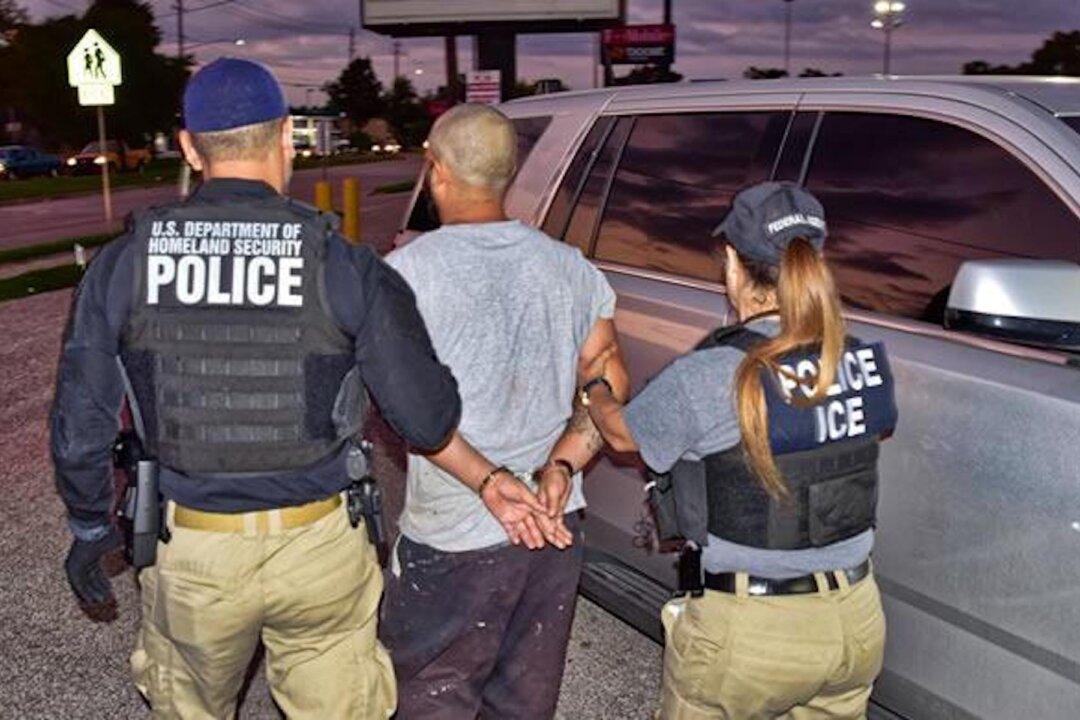Federal immigration authorities have issued four immigration subpoenas to New York City in an attempt to force it to hand over data about inmates wanted for deportation.
“This is not a request—it’s a demand,” Henry Lucero, a senior U.S. Immigration and Customs Enforcement (ICE) official, told The Associated Press. “This is a last resort for us. Dangerous criminals are being released every single day in New York.”





